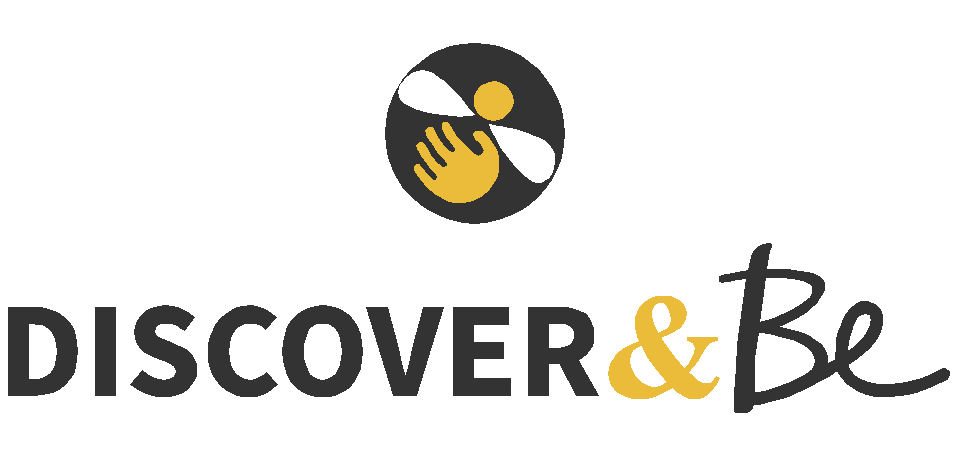What maths should my child be learning in Key Stage 1?
/While you may not be thinking about sitting down with your child and personally teaching them maths, it can be useful to understand the sorts of mathematical concepts and ideas they will be exploring and learning in school.
Here we look at the areas of maths your child should be learning in Key Stage 1, which is Years 1 and 2, or ages 5, 6 and 7.
The main focus of maths in KS1 is making sure that pupils are confident with whole numbers (so 1, 2 ,3 ,4 etc), counting and place value. This will mean that they should be working with numerals, words and what are known as the four operations ie addition, subtraction, multiplication and division. It is likely they will use practical resources to aid learning such as ‘real’ objects and measuring tools.
Returning to the term ‘place value’, which you may not be familiar with, this refers to the heading we give to each digit within a number: ones, tens, hundreds or thousands in the case of Key Stage 1. So, for example, in 1375 the 1 is the thousands, the 3 is the hundreds, the 7 is tens and the 5 is ones. Here’s an explanation that might also help explain the term.
Additionally, your child should be developing their ability to recognise, describe, draw, compare and sort different shapes and use the related vocabulary. Generally this means they’ll be getting to grips with what 2D and 3D means, and how that relates to circles, triangles, squares, rectangles, pentagons, hexagons and octagons. If you’d like to either remind yourself or go through it with your child, take a look at the BBC Bitesize guide to shapes for Key Stage 1.
Another aspect of maths your child will be getting to grips with in Key Stage 1 is using a variety of measures to describe and compare quantities including length, mass, capacity/volume, time and money.
Of course, some of these aspects - for example time and money - come up naturally in life so you may be talking about them at home and in every day life too. You don’t need to be a maths tutor to discuss these with your child!
As children get to the end of Key Stage 1 - in other words the end of year 2 - they should have a clear grasp of number bonds to 20 ie a pair of numbers that equals 20, and using and understanding place value. They will be encouraged to practice, practice, practice so that they’re completely comfortable with the concept and able to answer questions about it quickly and easily.
As well as getting their head around the numbers and shapes, pupils are also expected to be able to read and spell any related mathematical vocabulary. Broadly speaking, this means any maths words that are equivalent to their expected reading and spelling level for Key Stage 1.
If you’re after more detail about the sort of maths your child will learn in specific years, take a look at Year 1 maths here and Year 2 maths here (coming soon).
We’ve also got information on what your child can expect to be learning in lower Key Stage 2 (so primary school years 3 and 4) as well as upper Key Stage 2 (primary school years 5 and 6) (also coming soon).
If you’re thinking your child could use some extra support for their maths - whether they need to focus on a particular area or you’d like to encourage a more ‘deeper’ exploration of the topic - we’ve got the perfect tutor for you. Give Sheila a call on 07980 565632 or email sheila@discoverandbe.com, and we can discuss how private maths tutoring can benefit your child.




